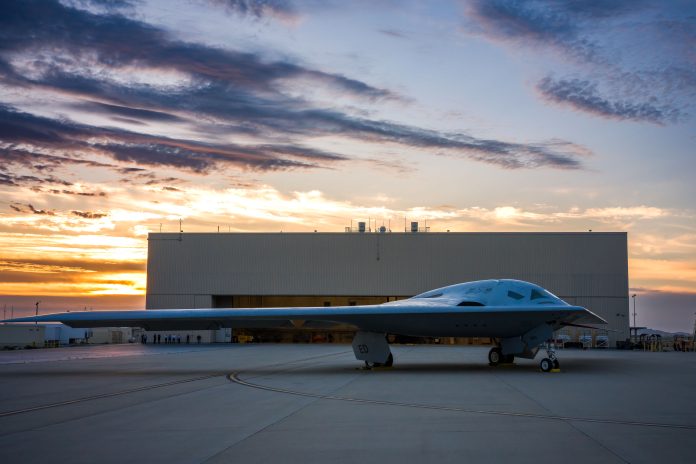
The anticipated B-21 Raider, Northrop Grumman’s state-of-the-art stealth bomber, represents a pivotal stride in U.S. aerial warfare capabilities.

Developed under the Long Range Strike Bomber program initiated in 2011, the aircraft is set to take the baton from legacy bombers – the B-52, B-1B, and B-2.
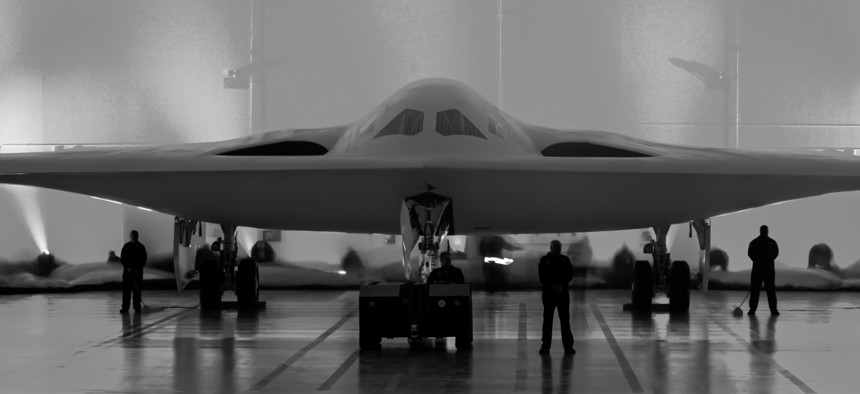
With the unveiling of the B-21 in late 2022 at Northrop Grumman’s facilities in Palmdale, California, the bomber community and military tech enthusiasts witnessed a leap towards advanced intelligence collection, battle management, and precision strike capacities.
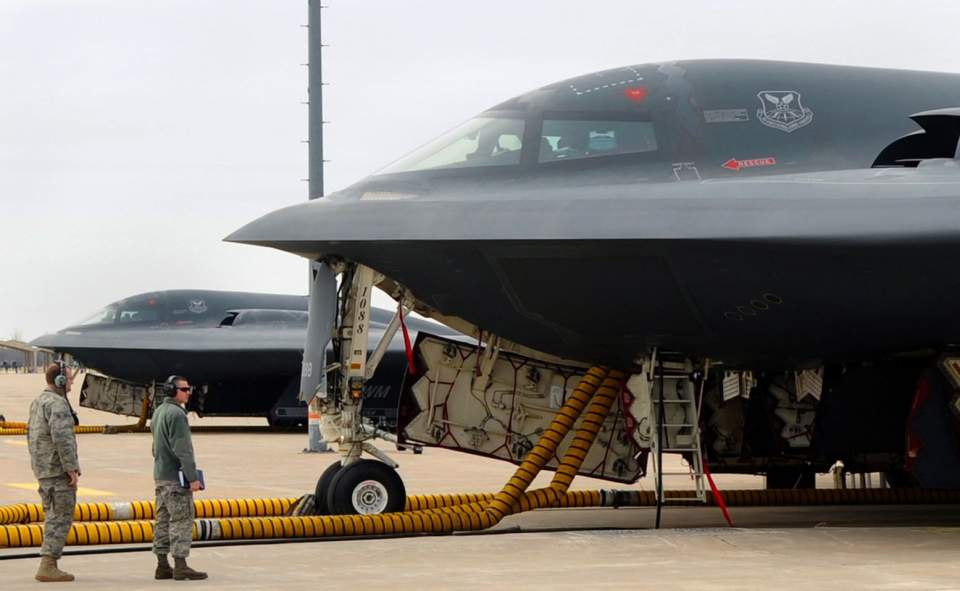
The B-21 isn’t just a bomber; it’s a multi-role combat platform, boasting enhancements over its predecessors like the smaller, less detectable frame compared to the B-2 Spirit.
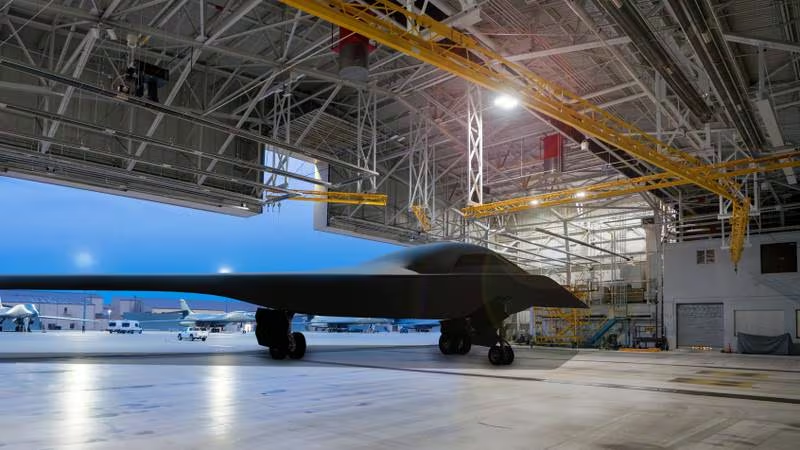
The importance of the Raider’s development and deployment is underscored by increasing geopolitical tensions and the parallel development of next-generation bombers by potential adversaries like China and Russia, namely the H-20 and the PAK-DA.

However, the Raider faces a paradoxical dilemma: numbers. The U.S. Air Force has laid out plans for a fleet of around 133 B-21s by the early 2030s, which is less than the current 141-strong combination of B-1, B-2, and B-52 bombers.
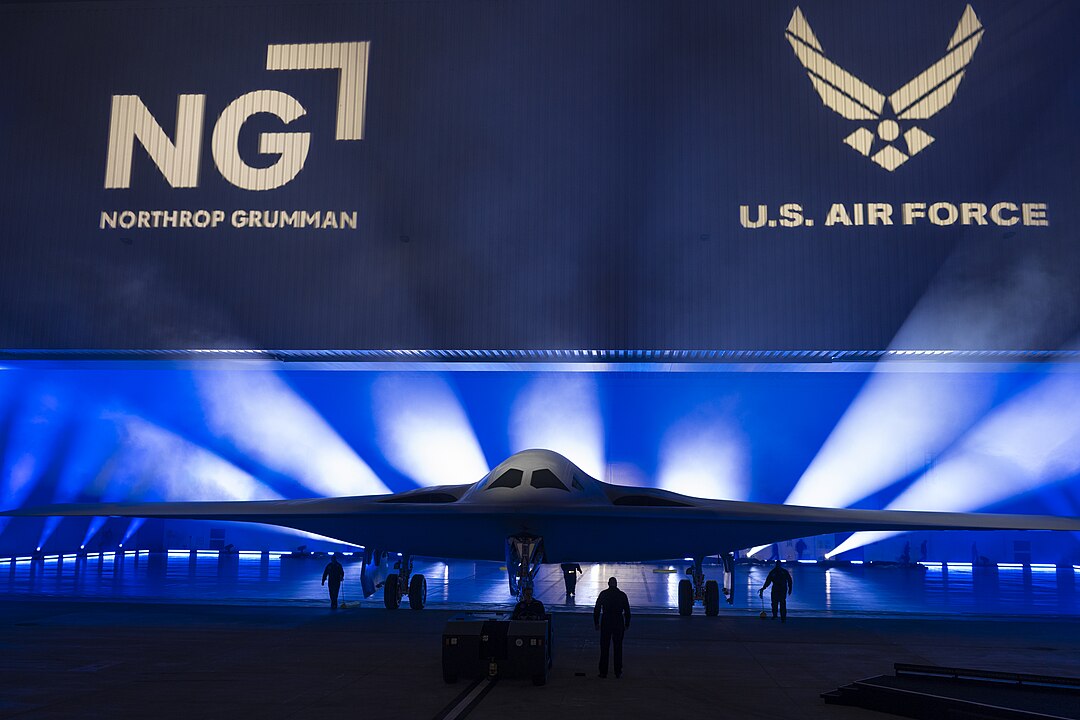
Col. Mark Gunzinger, director of future concepts at the Mitchell Institute for Aerospace Studies, adds context: “The Department of Defense currently plans to produce a Raider bomber fleet of around 133 aircraft by the early 2030s.”

It’s not just about manufacturing capability but also budgetary constraints.
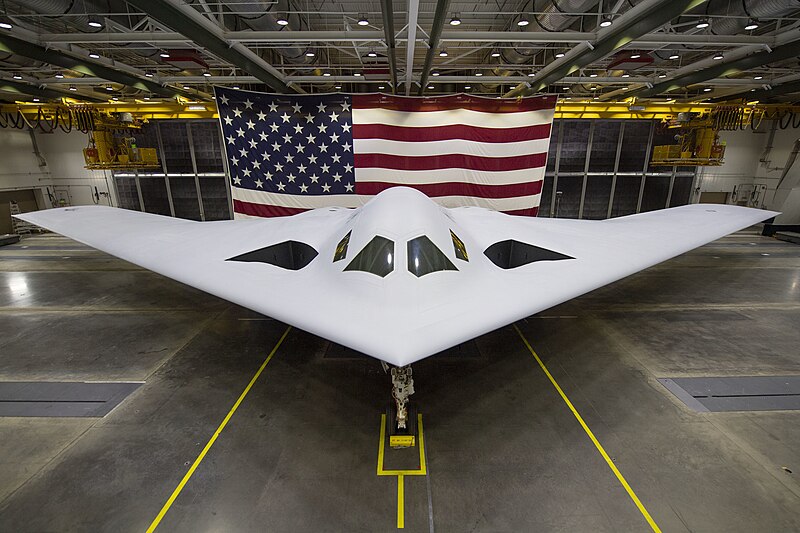
Advanced aircraft do not come cheap, and the B-21 acquisition rate could top out at around 10 per year sometime in the 2030s, a rate that pales in comparison to the production rates of past bombers like the B-47 and B-1.

This rate is further compounded by the significant financial outlays for other military branches and their projects, all vying for a piece of the Department of Defense budget pie.
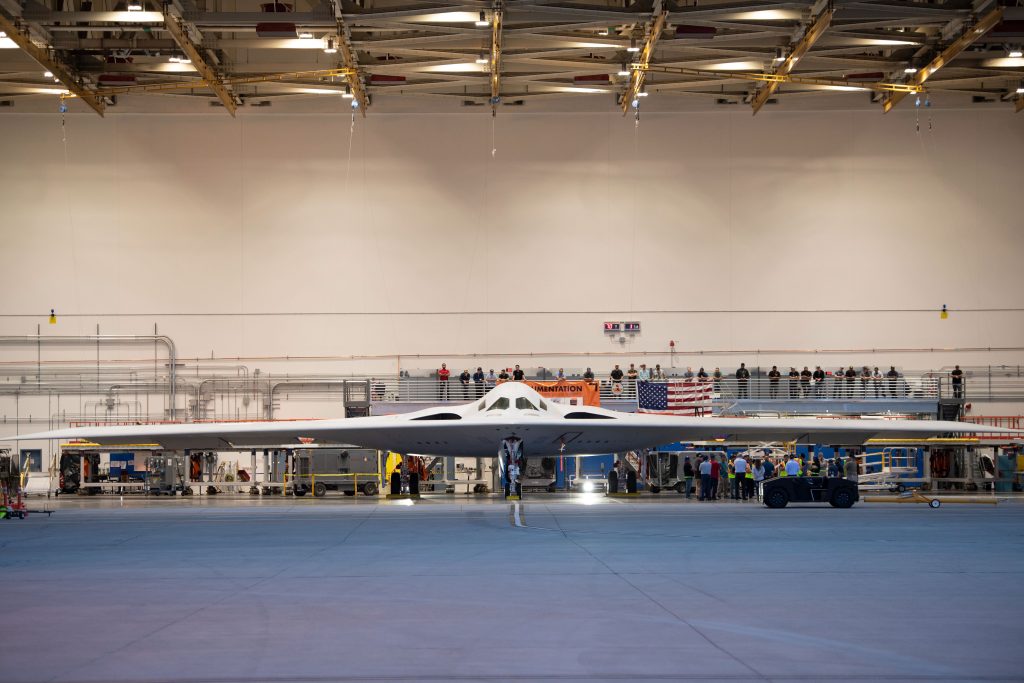
Bombers are part of the nuclear triad along with submarines and intercontinental ballistic missiles.
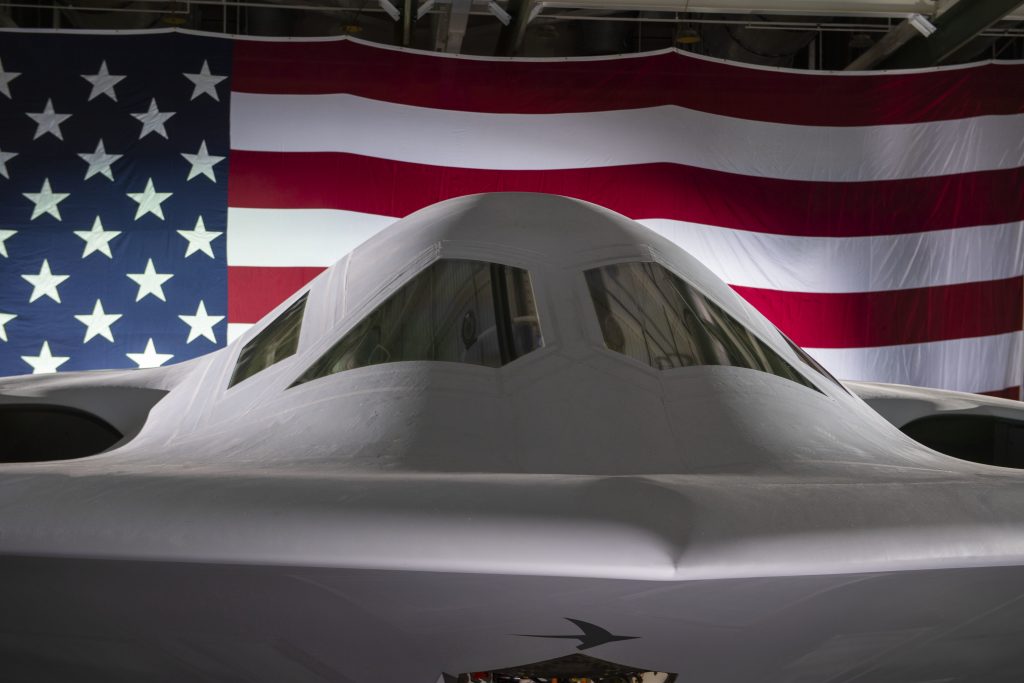
Yet, challenges loom on the horizon regarding budget allocations among competing defense priorities.

As the Department of Defense juggles funding for projects like the F-35A Lightning II, the F-15EX, and the sixth-generation Next Generation Air Dominance fighter, the Raider’s production and eventual fleet size are crucial variables in an increasingly complex defense equation.
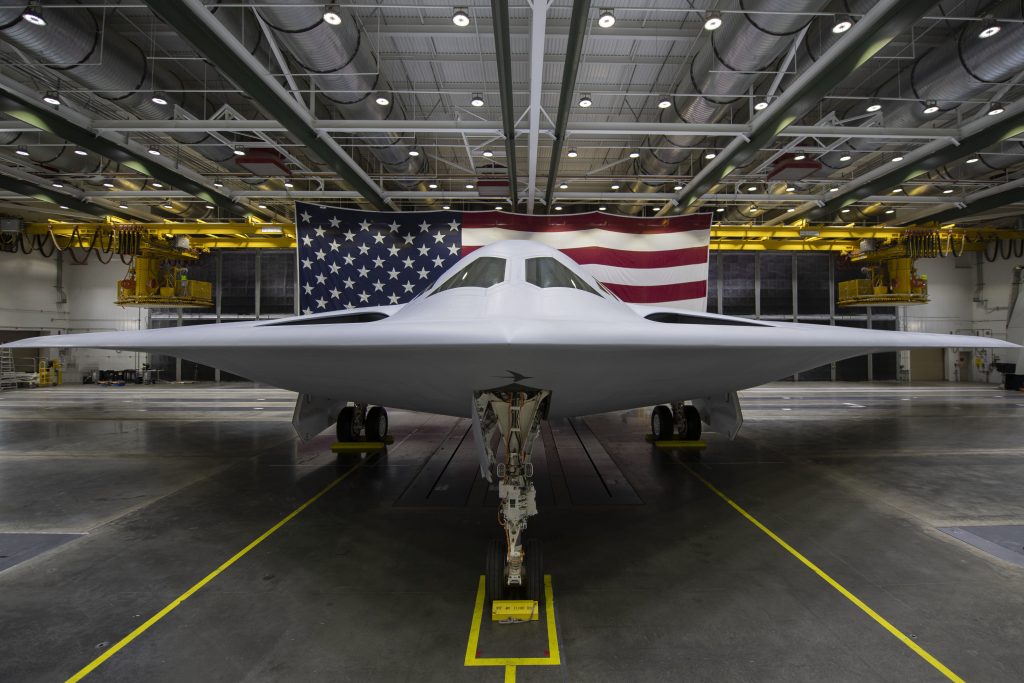
While the U.S. Air Force remains committed to fulfilling its requirement for a formidable stealth bomber fleet, the B-21 Raider’s journey from conception to deployment illustrates the intricate dance of military innovation, fiscal stewardship, and strategic foresight.

The program is a testament to the Air Force’s relentless pursuit of aerial superiority, and the Raider’s ultimate numbers will tell if the gamble pays off in the skies of future conflicts.
Relevant articles:
– The Air Force’s B-21 Raider Bomber Nightmare Is a Math Problem, The National Interest
– B-21 Raider Frequently Asked Questions, northropgrumman.com
– The Remarkable B-21 Raider Has One Problem It Can’t Beat: Math, The National Interest
– 21 Raider’s Critical Numbers Game, National Defense Magazine
